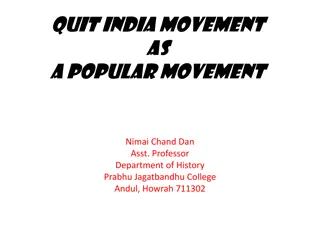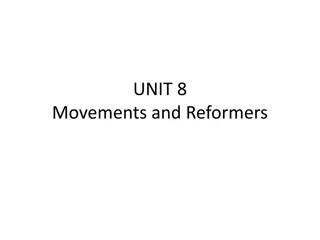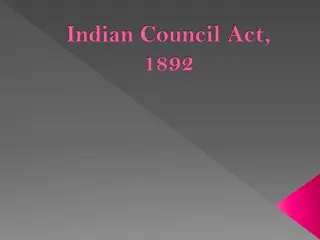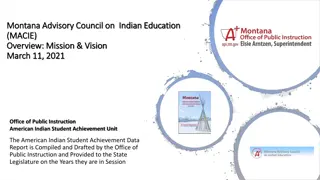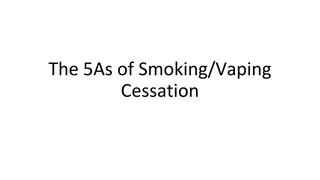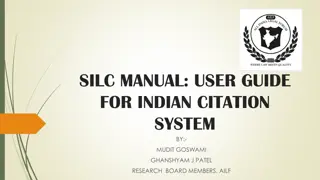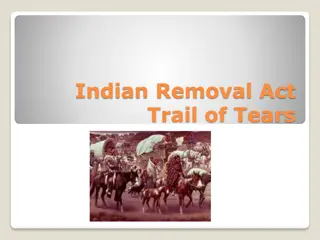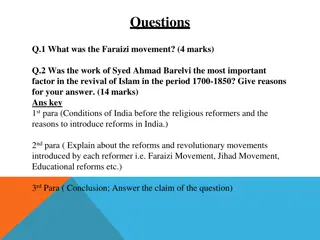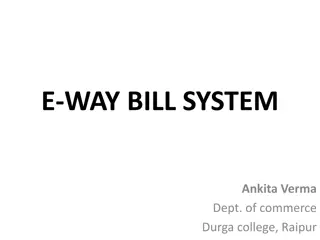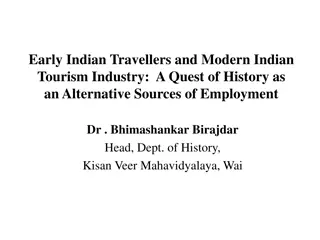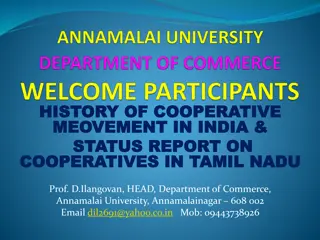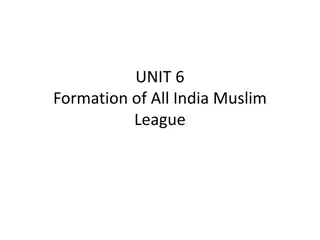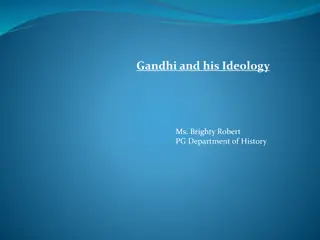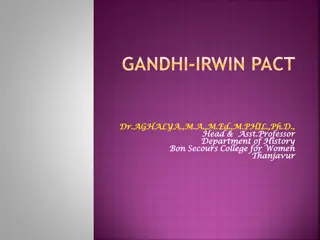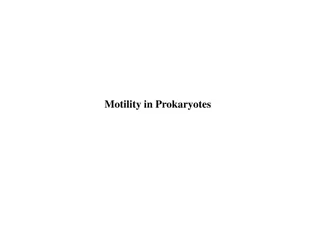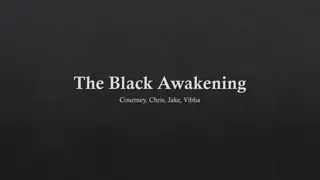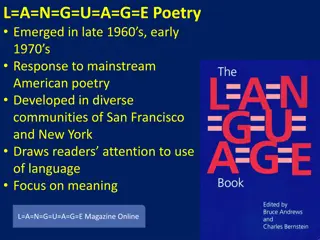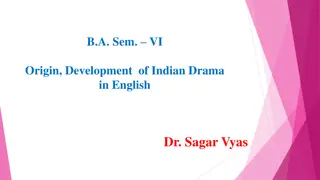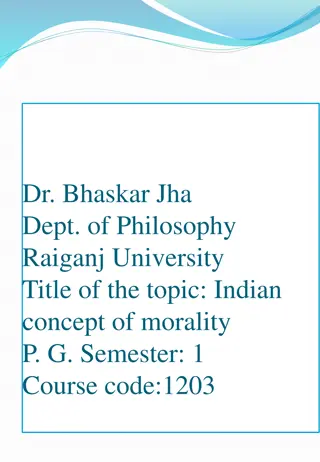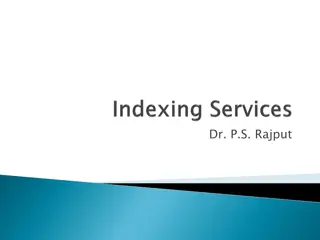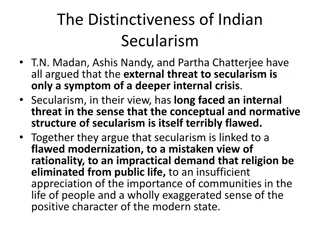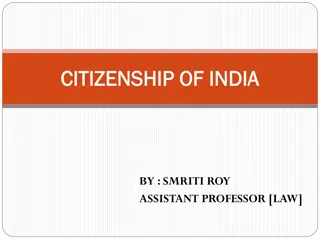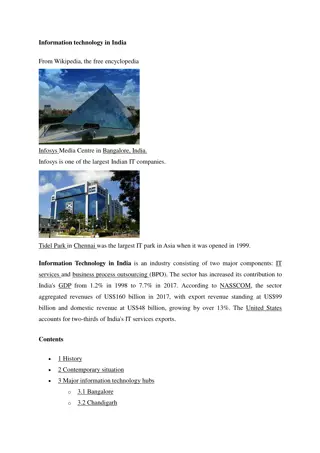Overview of Quit India Movement in Indian History
The Quit India Movement, initiated by Mahatma Gandhi in 1942, aimed to end British rule in India. It was a response to the collapse of the Cripps Mission and demanded immediate independence, leading to a series of strikes and demonstrations. The movement had three key phases, with significant contributions from leaders like Aruna Asaf Ali and Yusuf Meherally. The demand for a provisional government after British withdrawal was central to its objectives.
Download Presentation

Please find below an Image/Link to download the presentation.
The content on the website is provided AS IS for your information and personal use only. It may not be sold, licensed, or shared on other websites without obtaining consent from the author. Download presentation by click this link. If you encounter any issues during the download, it is possible that the publisher has removed the file from their server.
E N D
Presentation Transcript
Quit India Movement Quit India Movement CP.Muhammed Kabeer Assistant Professor of History Programme : B.A. Economics Course: History of India-II Course Code : 17UHSA21 17UHSA21
On 8 August 1942, Mahatma Gandhi gave a clarion call to end the British rule and launched the Quit India Movement at the session of the All-India Congress Committee in Mumbai. Gandhiji gave the call Do or Die in his speech delivered at the Gowalia Tank Maidan, now popularly known as August Kranti Maidan. Aruna Asaf Ali popularly known as the 'Grand Old Lady' of the Independence Movement is known for hoisting the Indian flag at the Gowalia Tank Maidan in Mumbai during the Quit India Movement.
The slogan Quit India was coined by Yusuf Meherally, a socialist and trade unionist who also served as Mayor of Mumbai. Meherally had also coined the slogan Simon Go Back .
Causes Causes The immediate cause for the movement was the collapse of Cripps Mission. The British assumption of unconditional support from India to British in World War II was not taken well by the Indian National Congress. The anti-British sentiments and demand for full-independence had gained popularity among Indian masses. The two decades of mass movement which were being conducted on a much more radical tone under the leadership of the various associated and affiliated bodies of the Congress, like All India Kisan Sabha, Forward Bloc etc. had already prepared the ground for the movement. There were militant outbursts happening at several places in the country which got channelized with the Quit India Movement. The economy was also in shatters as a result of World War II.
Demands Demands The demand was to end the British rule in India with immediate effect to get the cooperation of Indians in World War-II against fascism. There was a demand to form a provisional government after the withdrawal of the Britishers.
Phases: The movement had three phases First Phase urban revolt, marked by strikes, boycott and picketing, which were quickly suppressed. There were strikes and demonstrations all over the country and workers provided the support by not working in the factories. Gandhiji was soon imprisoned at Aga Khan Palace in Pune and almost all leaders were arrested.
In the second phase, the focus shifted to the countryside, which witnessed a major peasant rebellion, marked by destruction of communication systems, such as railway tracks and stations, telegraph wires and poles, attacks on government buildings or any other visible symbol of colonial authority. The last phase witnessed the formation of national governments or parallel governments isolated pockets (Ballia, Tamluk, Satara etc.)
Spontaneous Violence: The movement saw violence at some places which was not premeditated. Future Leaders: Underground activities were taken by leaders that included Ram Manohar Lohia, J.P. Narayan, Aruna Asaf Ali, Biju Patnaik, Sucheta Kriplani, etc which later emerged as prominent leaders. Women Participation: Women took active participation in the movement. Female leaders like Usha Mehta helped set up an underground radio station which led to the awakening about the movement.
Support Support Muslim League, the Communist Party of India and the Hindu Mahasabha did not support the movement. The Indian bureaucracy also did not support the movement. The League was not in favour of the British leaving India without partitioning the country first. The Communist party supported the British since they were allied with the Soviet Union.
The Hindu Mahasabha openly opposed the call for the Quit India Movement and boycotted it officially under the apprehension that the movement would create internal disorder and will endanger internal security during the war. Meanwhile, Subhas Chandra Bose, organised the Indian National Army and the Azad Hind government from outside the country. As C Rajagopalachari was not in favour of complete independence, he resigned from the INC.
Cripps Mission Japanese aggression in South-East Asia, keenness of British Government to secure the full participation of India in the war, mounting pressure from China and the United States, as well as from the Labour Party in Britain, led British Prime Minister Winston Churchill to send Cripps Mission to India in March 1942. Under Stafford Cripps, the mission was sent to resolve the Indian question of a new government. constitution and self-
Main proposals of the mission were:- An Indian Union with a dominion status would be set up; it would be free to decide its relations with the Commonwealth and free to participate in the United Nations and other international bodies. A constituent assembly would be convened after the war to frame a new constitution. Members of the assembly partly elected by the provincial assemblies and partly nominated by the princes. Any province not willing to accept the constitution would be given the same full status as the Indian Union , - designed to appease the Muslim League s call for Pakistan.
The constitution making body and the British Government would negotiate a treaty to effect the transfer of power and to safeguard racial and religious minorities. The Indian National Congress, however, was not satisfied as its demand for immediate complete independence had been rejected. Mahatma Gandhi said that Cripps' offer of Dominion Status after the war was a post-dated cheque drawn on a failing bank .
Outcomes Outcomes The Quit India movement was violently suppressed by the British people were shot, lathi-charged, villages burnt and enormous fines imposed. Over 100000 people were arrested and the government resorted to violence in order to crush the agitation. The Britishers declared the INC to be an unlawful association. New leaders like Aruna Asaf Ali emerged out of the vacuum of leadership. While the Quit India campaign was crushed in 1944, with the British refusing to grant immediate independence, saying it could happen only after the war had ended, they came to the important realization that India was ungovernable in the long run due to the cost of World War II. It changed the nature of political negotiations with British the, ultimately paving the way for India's independence.




